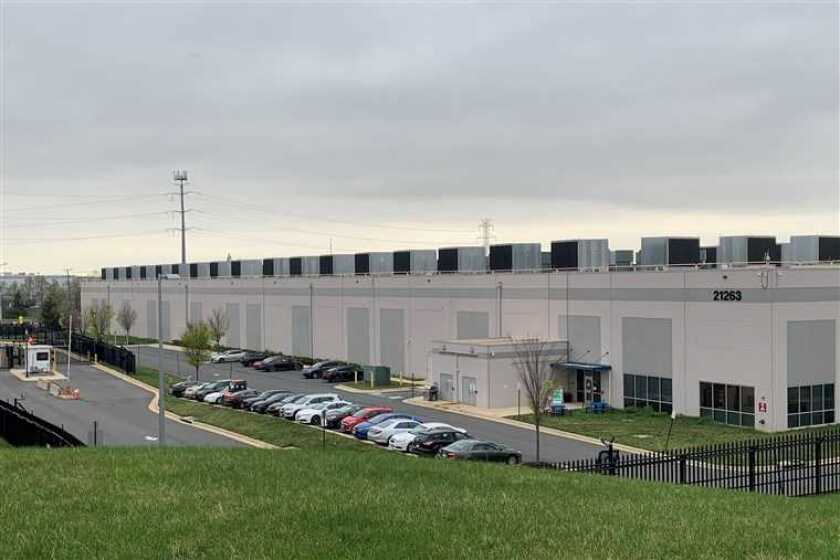The number of large data centres operated by hyperscale providers increased to over 800 at the end of the second quarter and the US accounts for 53% of the capacity of those data centres, measured by critical IT load.
While the US accounts for over a half of that total, the rest is relatively evenly split between China, Europe and the rest of the world.
The research notes that there is a huge concentration of infrastructure around the so-called Data Center Alley, centred around Loudon, Prince William and Fairfax countries in Northern Virginia. In the area, there are several data centres situated around the towns of Ashburn, Sterling, Manassas and Chantilly.
Amazon, in particular, locates a large amount of its data centre infrastructure in Northern Virginia, with Microsoft, Facebook, Google and ByteDance also having a presence.
“Hyperscale operators take a lot of factors into account when deciding where to locate their data centre infrastructure,” said John Dinsdale, a chief analyst at Synergy Research Group.
“Globally, the standout region is the US state of Virginia. Virginia has far more hyperscale data centre capacity than either China or the whole continent of Europe.
The research is based on an analysis of the data centre footprint of 19 of the world’s major cloud and internet service firms, including the largest operators in SaaS, IaaS, PaaS, search, social networking, e-commerce and gaming.
The companies with the broadest hyperscale data centre footprint are the leading cloud providers – Amazon, Microsoft and Google.
Each has well over 130 data centres with at least 25 in each of the main regions – North America, APAC and Europe.
“However, our analysis of the future data center pipeline shows that the relative importance of these hot spots will tail off a little over the next five years, as hyperscale infrastructure permeates a broader geographic footprint.”





